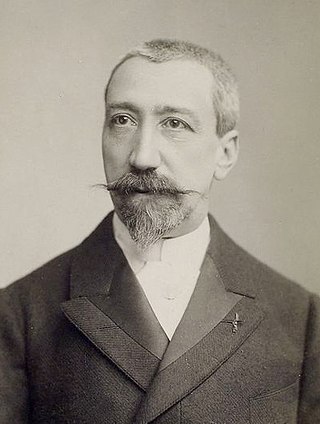
Anatole France was a French poet, journalist, and novelist with several best-sellers. Ironic and skeptical, he was considered in his day the ideal French man of letters. He was a member of the Académie Française, and won the 1921 Nobel Prize in Literature "in recognition of his brilliant literary achievements, characterized as they are by a nobility of style, a profound human sympathy, grace, and a true Gallic temperament".
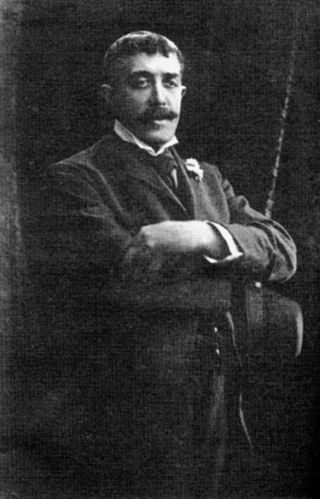
Jean Lorrain, born Paul Alexandre Martin Duval, was a French poet and novelist of the Symbolist school.

Jean Dominique Antony Metzinger was a major 20th-century French painter, theorist, writer, critic and poet, who along with Albert Gleizes wrote the first theoretical work on Cubism. His earliest works, from 1900 to 1904, were influenced by the neo-Impressionism of Georges Seurat and Henri-Edmond Cross. Between 1904 and 1907 Metzinger worked in the Divisionist and Fauvist styles with a strong Cézannian component, leading to some of the first proto-Cubist works.

Sir Jean Lomer Gouin, was a Canadian politician. He served as 13th premier of Quebec, as a Cabinet minister in the federal government of Canada, and as the 15th lieutenant governor of Quebec.
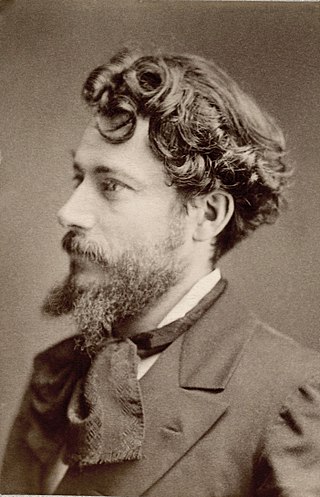
Jean François Victor Aicard was a French poet, dramatist, and novelist.
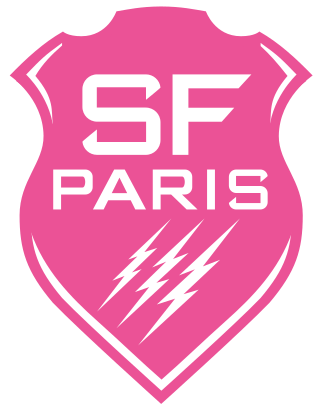
Stade Français Paris Rugby is a French professional rugby union club based in the 16th arrondissement of Paris. The club plays in the Top 14 domestic league in France and is one of the most successful French clubs of the modern era. The original Stade Français was founded in 1883. In its current form, the club was founded in 1995 with the merger of the rugby sections of the Stade Français and Club Athlétique des Sports Généraux (CASG).

Jèrriais literature is literature in Jèrriais, the Norman dialect of Jersey in the Channel Islands.
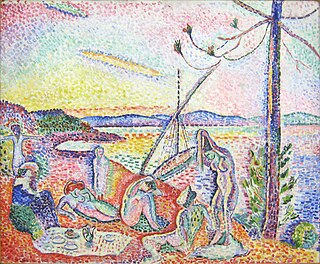
The Société des Artistes Indépendants or Salon des Indépendants was formed in Paris on 29 July 1884. The association began with the organization of massive exhibitions in Paris, choosing the slogan "sans jury ni récompense". Albert Dubois-Pillet, Odilon Redon, Georges Seurat and Paul Signac were among its founders. For the following three decades their annual exhibitions set the trends in art of the early 20th century, along with the Salon d'Automne. This is where artworks were often first displayed and widely discussed. World War I brought a closure to the salon, though the Artistes Indépendants remained active. Since 1920, the headquarters has been located in the vast basements of the Grand Palais.

St Lawrence is one of the twelve parishes of Jersey in the Channel Islands. It is located 8.0 kilometres (5.0 mi) west of St Helier. The parish covers 5,258 vergées (9.5 km2) and occupies the centre of the Island. St Lawrence Village is also the name of a village in the parish.

Cancale is a commune in the Ille-et-Vilaine department in Brittany in northwestern France. It is known as the birthplace of Saint Jeanne Jugan.

Roger Martin du Gard was a French novelist, winner of the 1937 Nobel Prize for Literature.
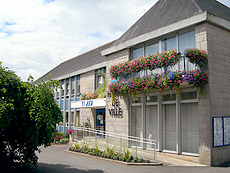
Briec is a commune in the Finistère department in the region of Brittany in north-western France.

Jean Paulhan was a French writer, literary critic and publisher, director of the literary magazine Nouvelle Revue Française (NRF) from 1925 to 1940 and from 1946 to 1968. He was a member of the Académie française. He was born in Nîmes (Gard) and died in Paris.
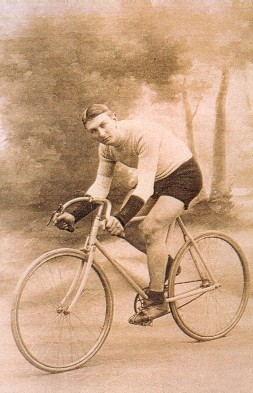
Jean Alavoine was a French professional cyclist, who won 17 stages in the Tour de France - only eight riders have won more stages - and wore the yellow jersey for five days.

Peugeot team was a French professional cycling team that promoted and rode Peugeot racing bikes.
French science fiction is a substantial genre of French literature. It remains an active and productive genre which has evolved in conjunction with anglophone science fiction and other French and international literature.
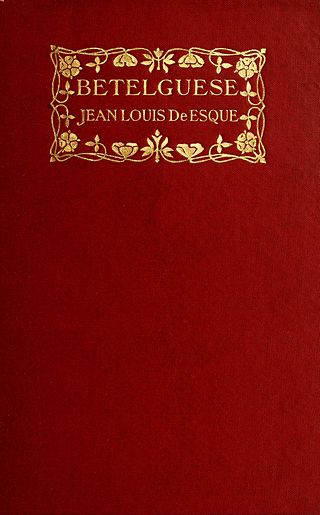
Betelguese, a Trip Through Hell is a 1908 lyrical poem book written by Jean Louis De Esque. The publication includes a preface by the author with two poetic works, "When I am Gone" and "Betelguese." The latter poem has been called a "classic" work that utilized off-beat language, considered to be a delight to the philologist. It has been compared to the poetic works of George Sterling and Kenneth Patchen.

Proto-Cubism is an intermediary transition phase in the history of art chronologically extending from 1906 to 1910. Evidence suggests that the production of proto-Cubist paintings resulted from a wide-ranging series of experiments, circumstances, influences and conditions, rather than from one isolated static event, trajectory, artist or discourse. With its roots stemming from at least the late 19th century, this period is characterized by a move towards the radical geometrization of form and a reduction or limitation of the color palette. It is essentially the first experimental and exploratory phase of an art movement that would become altogether more extreme, known from the spring of 1911 as Cubism.

The Birth of the Virgin is a 1661 painting by the Spanish artist Bartolomé Esteban Murillo.


















